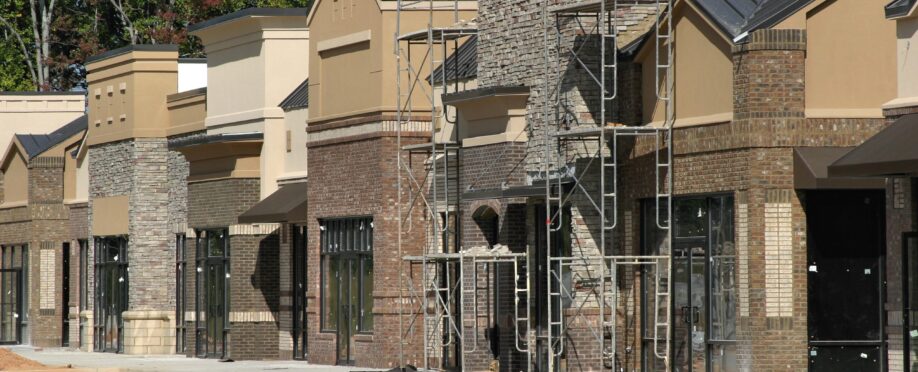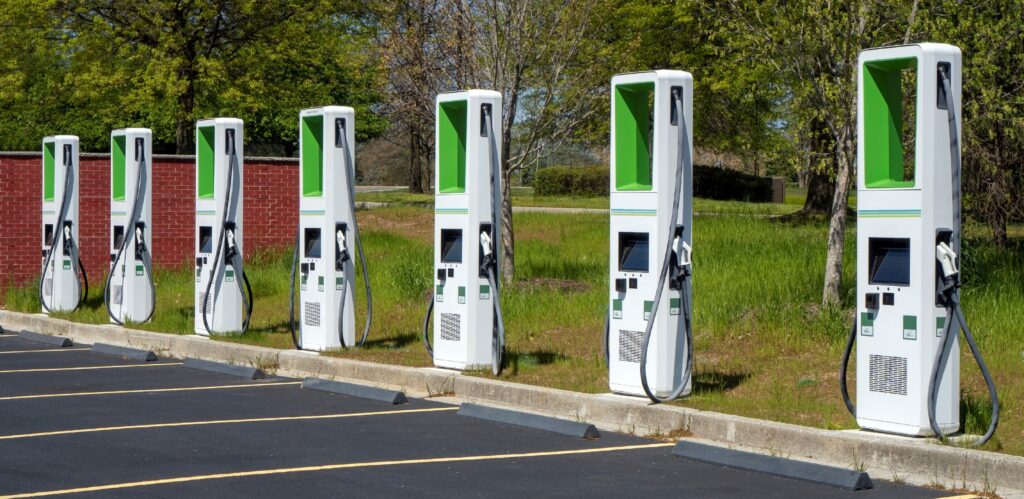
(Updated January 15, 2025)
According to the U.S. Census Bureau, commercial construction spending increased by nearly 7% in 2024 compared to 2023, but it’s expected to slow in 2025. Even so, COVID-19 and its aftermath has shown us that change never stops — and adapting to new consumer behaviors, economic shifts, and environmental trends is critical to drive growth in 2025 and beyond.
While the pandemic is officially in the rearview mirror, its impact on the retail industry and commercial construction lingers.
“Retailers saw an acceleration of existing trends due to the pandemic and I think we’ll continue to see rapid change as a permanent characteristic of the market,” said Bill Lawrence, Vice President of Program Management at City Building Engineering Services (CBES).
The key theme for retailers, he said, is the need to develop design and construction strategies that enable them to transform physical operations in less time, while minimizing disruption and controlling costs.
With this in mind, here’s a look at five trends in retail construction for the coming year.
5 Leading Retail Construction Trends for 2025
1. Click and collect spaces
After surging in popularity during the pandemic, this hybrid shopping model that combines online shopping with store pick-up continues growing at a steady pace. Industry analysts expect click and collect to play a significant and permanent part of the retail market, with a projected growth of 16.2 percent in 2025, surpassing $154 billion.
Also known as “buy online pickup in store” (BOPIS), the model requires changes in store layout to serve new needs, such as staging areas with refrigeration and offering special parking and curbside pickup areas. While some stores initially created makeshift facilities during the pandemic, many are moving to more complete and permanent retrofits to provide better efficiency and customer experiences. In addition, new store design is changing to include click and collect capabilities from the ground up.
2. Energy management and net zero goals
Leading retailers are responding to rising energy costs, customer sustainability concerns, and increasing regulatory pressures with stronger commitments to energy management and net zero goals. For instance, we’ll see more rooftop solar and other renewable power sources such as fuel cells. In addition, other sustainable materials and the drive toward “green buildings” will continue to make a major impact on retrofits and new construction in retail.
By including energy management planning in retail design from the beginning, retailers can not only reduce carbon impacts but also mitigate energy costs.

3. Sustainable design
In addition to energy efficiency and carbon-neutral initiatives, retail construction will continue to incorporate all aspects of sustainability and sustainable design to reduce environmental impacts. Leading retailers have turned this trend that began about two decades ago into a required part of their construction programs for new stores and renovations. Many follow LEED green building certification requirements as their guide, such as:
- Energy efficiency and renewable energy
- More natural and local sourcing for building materials and recycling of construction waste
- Locations that provide convenient access to public transit
- EV charging stations
- Better HVAC systems providing filtration systems for improved indoor air quality
- Water conservation with more efficient plumbing, low-irrigation landscaping, and rain capture for reuse and stormwater runoff reduction
4. Convenience-driven design
52 percent of consumers report that half or more of their purchases are influenced by convenience, which can entail anything from stocking more ready-to-eat meals to offering pharmaceutical and health services on the premises. As convenience combines with other trends such as pop-up stores and experiential retail, brands can adopt design strategies that make it easier to adapt to changing needs. For example, retailers can reduce disruption from retrofits by designing floor plans with areas that can be more easily sectioned off during construction.
5. Collaboration across functions
To respond effectively to these and future trends, retailers need to eliminate silos and adopt multifunctional collaboration to move projects rapidly from the planning stages through design, construction, and completion. At City, for example, Lawrence said these teams all work hand-in-hand to maximize efficiency for their clients’ projects:
- Engineering, including mechanical, electrical and refrigeration
- Energy management and sustainability
- Program and construction management, including design, project management, financial analysis, installation and commissioning
Better technology platforms are also playing an important role in supporting collaboration by enabling specialists to easily share information across teams, said Lawrence.
The Future of Retail Construction
While it’s challenging to accurately predict retail construction trends, the key is putting the strategies and collaboration in place so your brand can respond quickly, no matter what the future brings.
CBES offers top-tier retail building and engineering expertise to support your projects from concept to completion. Whether you’re developing new stores, remodeling, or managing capital projects, our comprehensive solutions optimize store operations, elevate the customer experience, and help achieve sustainability goals. Learn more about our end-to-end engineering, programming, and sustainability services.

 2016: City US is established in North America, in partnership with Southeastern Grocers (SEG), servicing over 750 supermarkets across 7 southern states.
2016: City US is established in North America, in partnership with Southeastern Grocers (SEG), servicing over 750 supermarkets across 7 southern states. 1985: Willie and Susan Haughey establish City Refrigeration Holdings (UK) Ltd in Glasgow, UK.
1985: Willie and Susan Haughey establish City Refrigeration Holdings (UK) Ltd in Glasgow, UK. 2009: City Australia launches in Melbourne, in partnership with Coles, servicing over 700 supermarkets across the country.
2009: City Australia launches in Melbourne, in partnership with Coles, servicing over 700 supermarkets across the country. 2015: City Asia launches in Kuala Lumpur, Malaysia, in partnership with Dairy Farm, servicing over 205 supermarkets across the region.
2015: City Asia launches in Kuala Lumpur, Malaysia, in partnership with Dairy Farm, servicing over 205 supermarkets across the region.